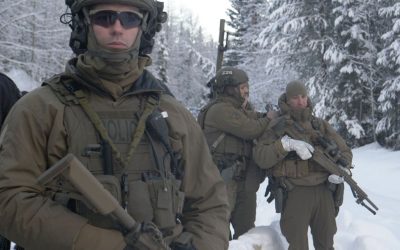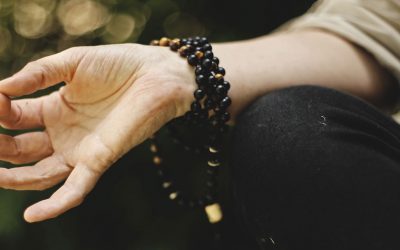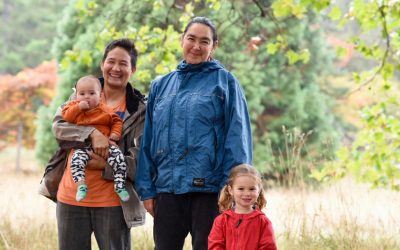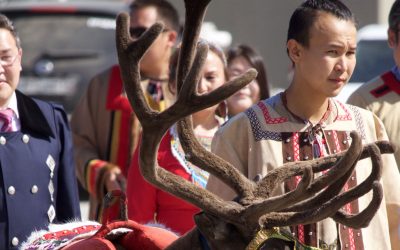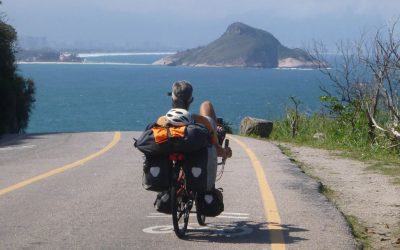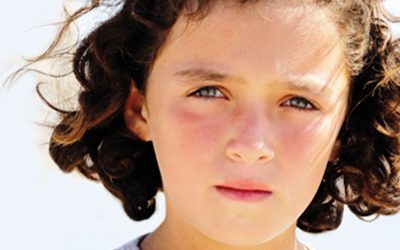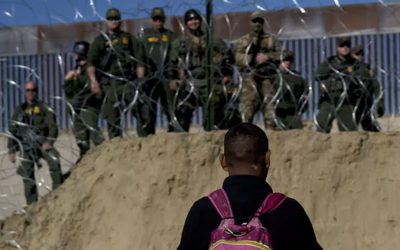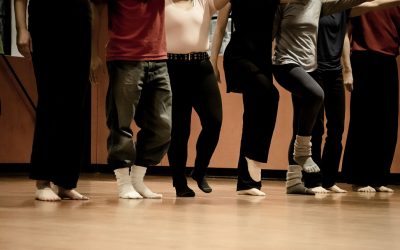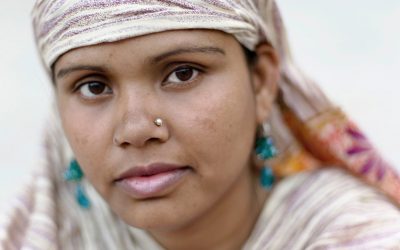ISSUE 5: MOVEMENT
We’re in the midst of a unique time in human movement.
Around the world, millions are fleeing persecution and conflict to seek better ways of life in new locations. It’s never easy. Often, it can be deadly.
According to the UN Refugee Agency, there are currently 68.5 million people displaced around the world. Of those, 25 million are refugees and half of those are under 18. Nearly one person is forcibly displaced every two seconds as a result of conflict or persecution…
People gather in Kandy, Sri Lanka for the Esala Perahera, a Buddhist festival that lasts 10 days and attracts hundreds of thousands every year.
STORIES IN THIS ISSUE
Policing Indigenous Dissent: Trends Behind Wet’suwet’en Raid
The recent raid against the Gitdumt’en camp on unceded Wet’suwet’en territory grabbed national attention, focusing much-needed discussion on land claims…
Is Yoga Cultural Appropriation? (2-PART SERIES)
A couple of weeks ago a kindergarten class came to my yoga studio. I asked them what they knew about yoga, and one little boy jumped back into a wiggling, barking…
Transition: First Movement in Sonata Form
My roommate, Camille, banged on the bathroom door, concerned. “Hey, do you need help in there? How is it going?” They had seen me leave the kitchen with scissors…
Meaning in Movement for Eveny Reindeer Herders
The question of how to find meaning in life has puzzled humans for perhaps as long as our species has existed. Finding meaning—to feel life has purpose and…
Slow Motion: Reports from a 4-Year Bike Ride
Lothar Schaefer, a retired anesthesiologist, and his partner Debbie Wellwood, a wildlife ecologist, rode out of their small town…
Eyes in Qaah: Tragedy in a Syrian Refugee Camp (VIDEO)
When Tamim Kalash set out to make his 26-minute documentary Eyes in Qaah, he wanted to tell the story of the hopeful and resilient Syrian people living in Qaah…
The bogus demonization of the ‘migrant caravan’
On American Thanksgiving weekend, United States Customs and Border Protection (CBP) agents gassed children…
Shall we Dance? Building Community and Bridging Cultures
There is something in the instinct to dance that activates a euphoric feeling of connection to both our own bodies and to each other. In my 20s, there was the ritualistic…
5 Things New Immigrants to Canada Should Know
It was part of a journey that began in my home country of Albania, took us to the Netherlands due to my husband’s job and eventually…
MOVEMENT: THE ONLY WAY FORWARD
We’re in the midst of a unique time in human movement.
Around the world, millions are fleeing persecution and conflict to seek better ways of life in new locations. It’s never easy. Often, it can be deadly.
According to the UN Refugee Agency, there are currently 68.5 million people displaced around the world. Of those, 25 million are refugees and half of those are under 18. Nearly one person is forcibly displaced every two seconds as a result of conflict or persecution.
Late last year, the world watched as migrant caravans from Central America were vilified by the US government and then stopped at the US-Mexico border as they attempted to seek asylum. Overseas, more than 100,000 million people have risked their lives getting to Europe in recent years, with more than 2,000 feared drowned in the crossing in 2018 alone.
In this issue, Stephanie J. Silverman examines the “bogus demonization” of the migrant caravans just as US President Trump resurrects the issue as a tool in his bid to build a border wall. Through Tamim Kalash’s heartbreaking documentary, we look at the effects of the Syrian migration crisis on its most vulnerable citizens. Immigration consultant Shkendie Kaba offers suggestions for how newcomers to Canada can adapt.
Whether we’re moving to new countries and continents, moving our bodies through pursuits like dance and yoga, or creating movement within our social and political worlds, humans never seem to stay stationary for long.
Movement brings us to a place of intersection: physically, emotionally, culturally.
Melissa Sawatsky looks at how dance can move us closer to one another and to our community. Phillipa Beck looks at the shifts in yoga as it moved from East to West as she examines the question of yoga and cultural appropriation. Quvi Taylor writes beautifully about how it feels to move between genders.
We learn how humans find meaning from movement: Sean O’Rourke examines the importance of movement for Eveny reindeer herders and Nikki Skuce talks to Debbie Wellwood and Lothar Schaefer, a couple whose years-long bike trip took them from northern British Columbia to the tip of South America.
Here in northwest British Columbia, we recently felt our own seismic shift—the movement that takes place when decades of inertia come to a head. Many watched, horrified, as police forcefully handcuffed and removed Indigenous land protectors from their traditional territories as they sought to uphold the wishes of their hereditary chiefs. The officers—some in military gear and carrying assault rifles—were enforcing a court injunction to allow gas pipeline workers into the area.
It was a jolt felt around the world. The sudden release can be destabilizing. But it’s better than being stuck.
On the heels of that unsticking, Miles Howe and Jeffrey Monaghan look at the policing of Indigenous political and social movements in Canada through their recent research, research indicating that it may be the status quo police are protecting rather than our safety.
Stagnation versus movement.
Movement brings us to a place of intersection: physically, emotionally, culturally. As we move—our bodies, our homes, our gender—we find ourselves crossing paths with those with whom we share a connection, those we may not otherwise have met. It can be uncomfortable. It can be painful. It can also be transcendent as we shed what no longer serves us and move into the future.
